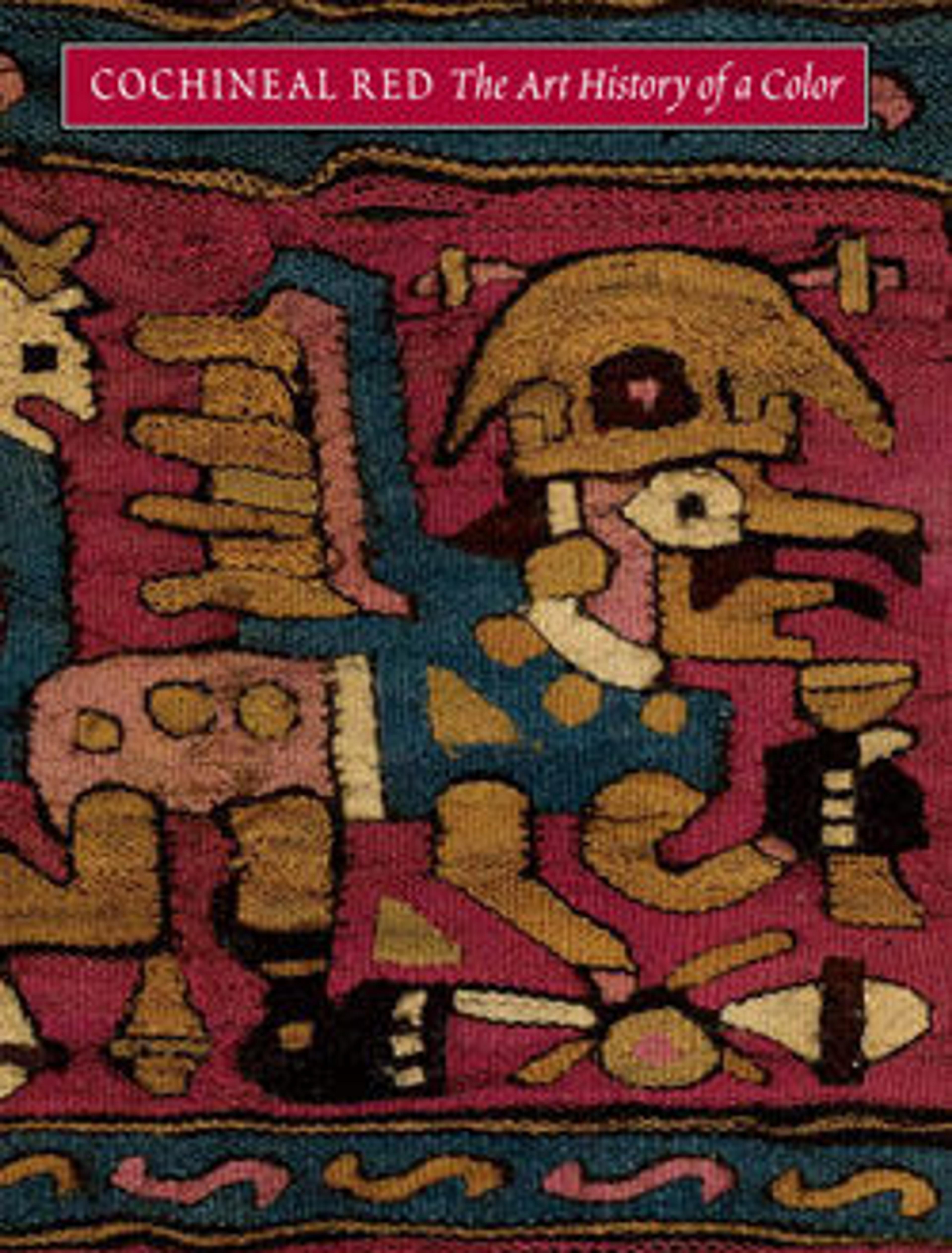Quilt, calamanco
The top of this quilt, as well as four others in our collection (58.41; 45.107; 62.26; 1980.454) are made from calimanco, a glazed all-wool fabric. For many years, calimanco quilts were mistakenly called "linsey-woolsey" quilts. A cloth usually woven in the home, linsey-woolsey has a linen warp and a woolen weft and was used primarily for clothing. It is not clear why calimanco quilts were so often referred to as "linsey-woolseys" by collectors and quilt historians during the late nineteenth and early twentieth centuries. Calimanco was a professionally manufactured product that, in its fancier guises, was also most often used for clothing. During the eighteenth century, English calimanco was available that was patterned with multiple colors, stripes, flowers, or brocades.
This pieced Calimanco quilt is an unusual example. It features a bright red central area and a border, once dark blue, which has faded to a greenish color. The border fabric has been woven with a subtle stripe. The central red panel, which retains much of its original glaze, is further enhanced by the border’s quilting of a tight half feather where the green fabric meets the red. The red area is quilted with a somewhat crude pattern of flowers and leaves, with diagonal rows of quilting in between the motifs. The designs are stitched with dark-blue wool thread in the border and yellow wool thread in the red center. The quilt’s edges are bound with a green handwoven wool herringbone twill tape. Like other examples of calimanco quilts in the museum’s collection and elsewhere, it has a backing fabric that has been dyed a golden ocher color.
This pieced Calimanco quilt is an unusual example. It features a bright red central area and a border, once dark blue, which has faded to a greenish color. The border fabric has been woven with a subtle stripe. The central red panel, which retains much of its original glaze, is further enhanced by the border’s quilting of a tight half feather where the green fabric meets the red. The red area is quilted with a somewhat crude pattern of flowers and leaves, with diagonal rows of quilting in between the motifs. The designs are stitched with dark-blue wool thread in the border and yellow wool thread in the red center. The quilt’s edges are bound with a green handwoven wool herringbone twill tape. Like other examples of calimanco quilts in the museum’s collection and elsewhere, it has a backing fabric that has been dyed a golden ocher color.
Artwork Details
- Title: Quilt, calamanco
- Date: ca. 1775–1800
- Geography: Made in New England, United States
- Culture: American
- Medium: Wool
- Dimensions: 87 x 92 in. (221 x 233.7 cm)
- Credit Line: Purchase, Gift of Joan G. Hancock, in memory of Frances Burrall Henry, by exchange, 1998
- Object Number: 1998.105
- Curatorial Department: The American Wing
More Artwork
Research Resources
The Met provides unparalleled resources for research and welcomes an international community of students and scholars. The Met's Open Access API is where creators and researchers can connect to the The Met collection. Open Access data and public domain images are available for unrestricted commercial and noncommercial use without permission or fee.
To request images under copyright and other restrictions, please use this Image Request form.
Feedback
We continue to research and examine historical and cultural context for objects in The Met collection. If you have comments or questions about this object record, please contact us using the form below. The Museum looks forward to receiving your comments.
